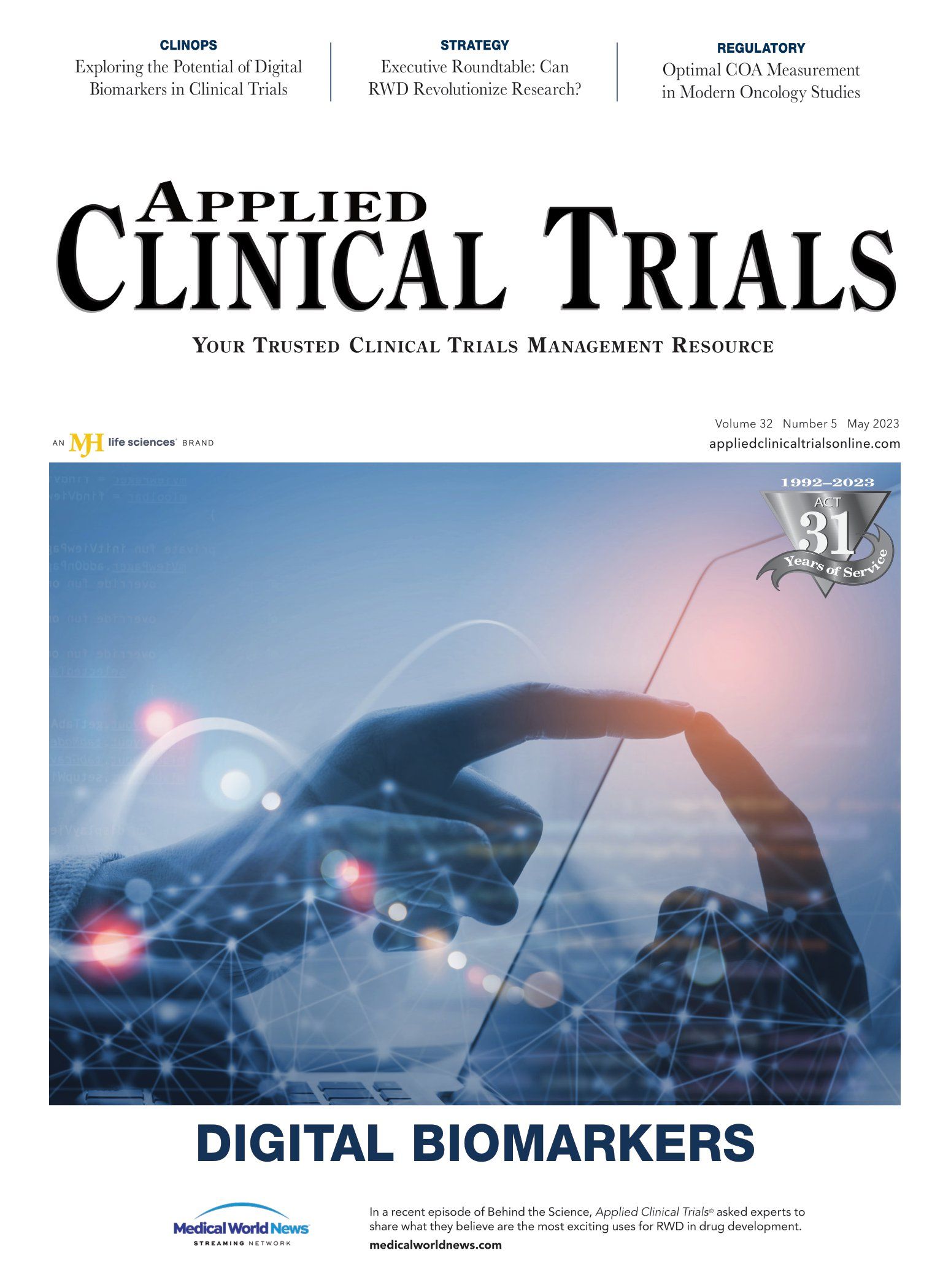FDA, Industry Prepare for End to COVID Health Emergency
Impact areas that will be closely watched during phase-out include drug testing and authorization, telehealth, and patient access.

The termination of the public health emergency (PHE) declared almost three years ago will end various subsidies and flexibilities for healthcare services and treatments. The change, however, will have a less noticeable effect on FDA policies governing the approval and marketing of drugs and medical products, as the agency’s authority to utilize emergency use authorizations (EUAs) for vaccines, diagnostic tests, and therapies will remain in place and are not tied directly to the government’s PHE declaration of March 2020.1
Even so, FDA is encouraging sponsors to conduct studies and file applications for full approval of products authorized by EUAs, as there is some uncertainty about which drugs and biological products, as well as some in vitro diagnostics and devices, authorized under FDA EUAs will remain in effect and for how long. The largest number of such fast authorizations are for some 400 COVID-19 tests and diagnostics, and many manufacturers of these medical devices are expected to end distribution as demand drops. At the same time, many manufacturers of vaccines and medical products approved under the EUA process are conducting additional studies and submitting data to the agency to gain fully approved biologics license applications (BLAs) and official approvals for fast-developed products drugs and devices.
Biopharma companies also are watching how the health emergency phase-out affects telehealth services and patient access to care. During the pandemic, more flexible policies permitted providers to prescribe certain medicines via telehealth visits, including controlled substances and abortion drugs. FDA also may retain certain flexibilities for conducting clinical trials, developing generic drugs, meeting certain post-marketing requirements, and holding meetings with sponsors to discuss development programs or manufacturing issues. The agency already has announced plans to conduct more “live” meetings with manufacturers, in addition to continuing online conversations.
Sponsors of clinical trials hope to continue to benefit from added flexibility for clinical research, such as more leeway to conduct informed consent and to track responses and health changes of study participants via remote access methods. Another modified requirement drops institutional review board (IRB) review of very small clinical trials. These approaches have been highly valuable during the pandemic for continuing biomedical research and for providing needed treatment to patients without requiring them to come to clinics and hospitals.
A main change, though, is the status of multiple FDA guidances issued during the health emergency without the usual lengthy comment-and-finalization process. FDA posted a notice on March 13 addressing which of more than 70 guidance documents issued during the COVID pandemic would be revised and retained, and which will expire with the declared end of the PHE.2
Coverage limits
At the same time, health plans, providers, and patients will notice significant changes with the termination of the broader PHE. Since the PHE was declared in January 2020, it has been extended every 90 days to remain in effect. Now, the Department of Health and Human Services (HHS) and state health agencies may halt or reduce coverage and reimbursement for COVID vaccines and treatments, as the federal government stops high volume purchasing of these products, looking to integrate COVID treatment into healthcare plans and systems.3
The omnibus budget bill passed by Congress in December 2022 already allows states to start dropping Medicaid and other health services for millions of patients that were added to state programs to help combat COVID. A fact sheet issued by the Centers for Medicare and Medicaid Services (CMS) clarifies that Medicare will continue to provide vaccines and most COVID treatments at no cost, but that Medicaid programs may require some cost sharing for such products. Similarly, Medicare enrollees may continue to see broad access to telehealth services, while many states may limit telehealth flexibilities for local health programs.4 To minimize coverage disruptions, HHS is planning a 16-month special enrollment period for health plans covered by the Affordable Care Act (ACA) to help people losing Medicaid coverage to enroll in a market plans.
Both Republicans and some Democrats in Congress have been pressing for the Biden administration to end the PHE declaration since last year, as opposition has mounted to continued executive powers, for example, to close ports of entry, waive regulatory requirements, provide emergency funding for certain programs, and, most of all, to require masking and other emergency policies to prevent the spread of disease.
Many of these issues will be discussed and analyzed in the coming months as Congress works to reauthorize the Pandemic and All Hazards Preparedness Act (PAHPA), which governs emergency health programs and expires Sept. 30. The Senate Health Education, Labor, and Pensions (HELP) Committee recently sought comments on the effectiveness of existing programs, gaps in authorities, and opportunities for enhancement from public health officials, healthcare providers, biopharma companies, and other affected parties.5
The notice highlights how the program supports medical countermeasures development and deployment, including the strategic national stockpile, Project BioShield, activities of the Biomedical Advanced Research and Development Authority (BARDA), EUAs, and other activities designed to better coordinate and prepare for public health emergencies. While there is bipartisan support for continuing PAHPA funding and programs, the reauthorization process will provide a forum for discussing both curbs and benefits of public health flexibilities.
References
- https://www.fda.gov/emergency-preparedness-and-response/mcm-legal-regulatory-and-policy-framework/faqs-what-happens-euas-when-public-health-emergency-ends
- https://www.govinfo.gov/content/pkg/FR-2023-03-13/pdf/2023-05094.pdf
- https://www.hhs.gov/about/news/2023/02/09/fact-sheet-covid-19-public-health-emergency-transition-roadmap.html
- https://www.cms.gov/newsroom/fact-sheets/cms-waivers-flexibilities-and-transition-forward-covid-19-public-health-emergency
- https://www.help.senate.gov/ranking/newsroom/press/ranking-member-cassidy-chair-sanders-romney-casey-seek-information-from-stakeholders-on-pahpa-reauthorization
